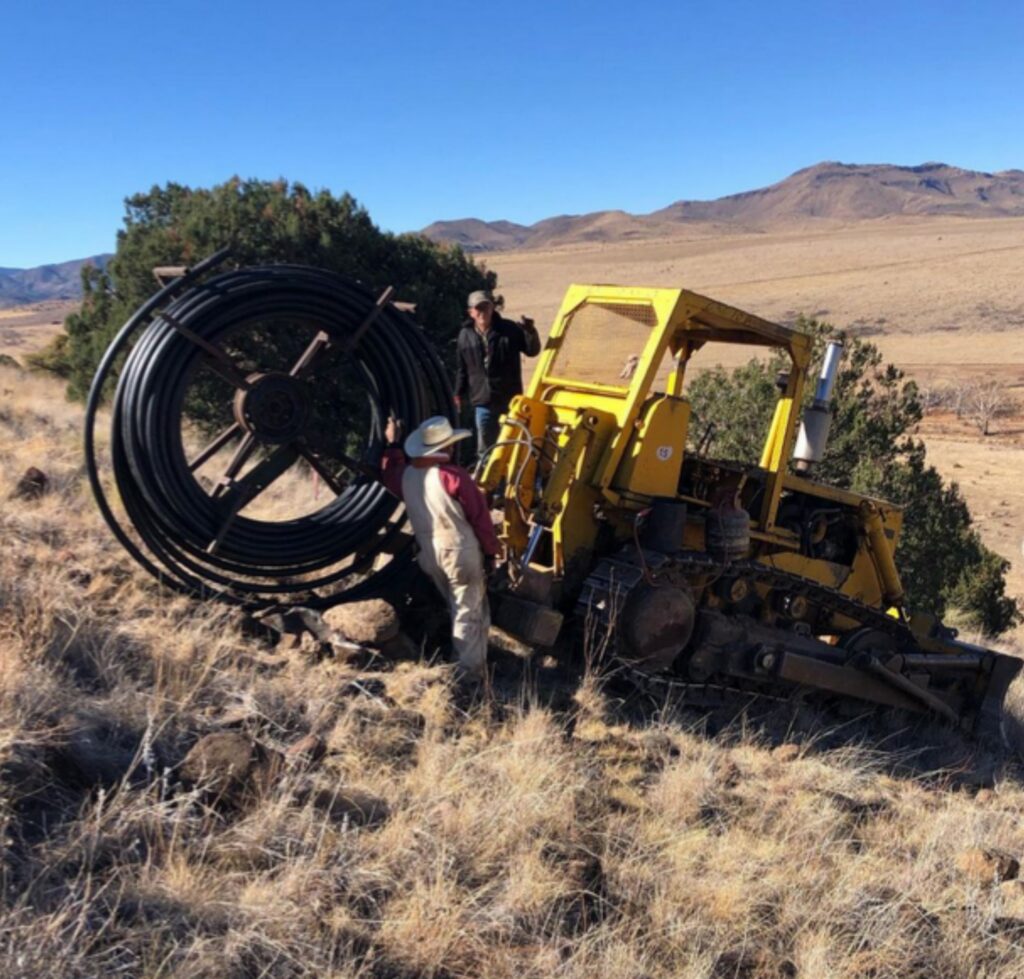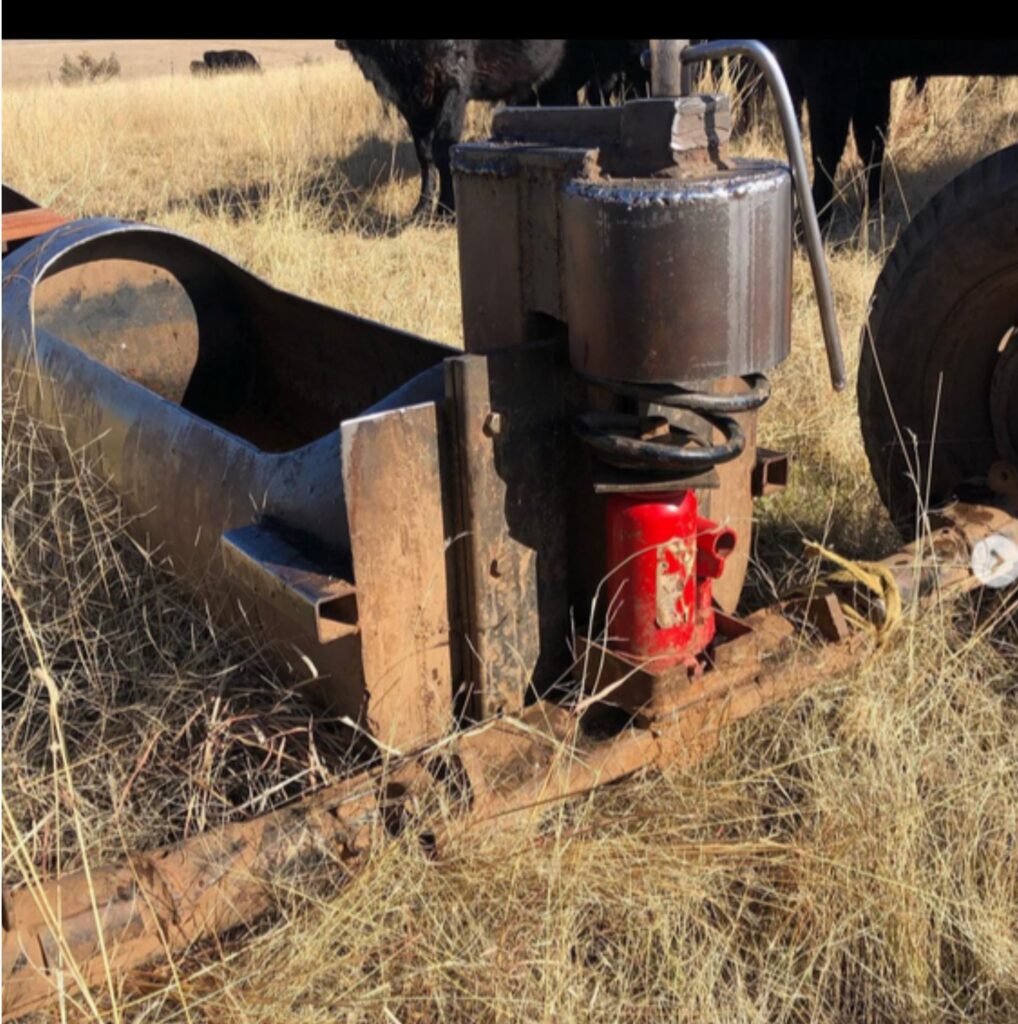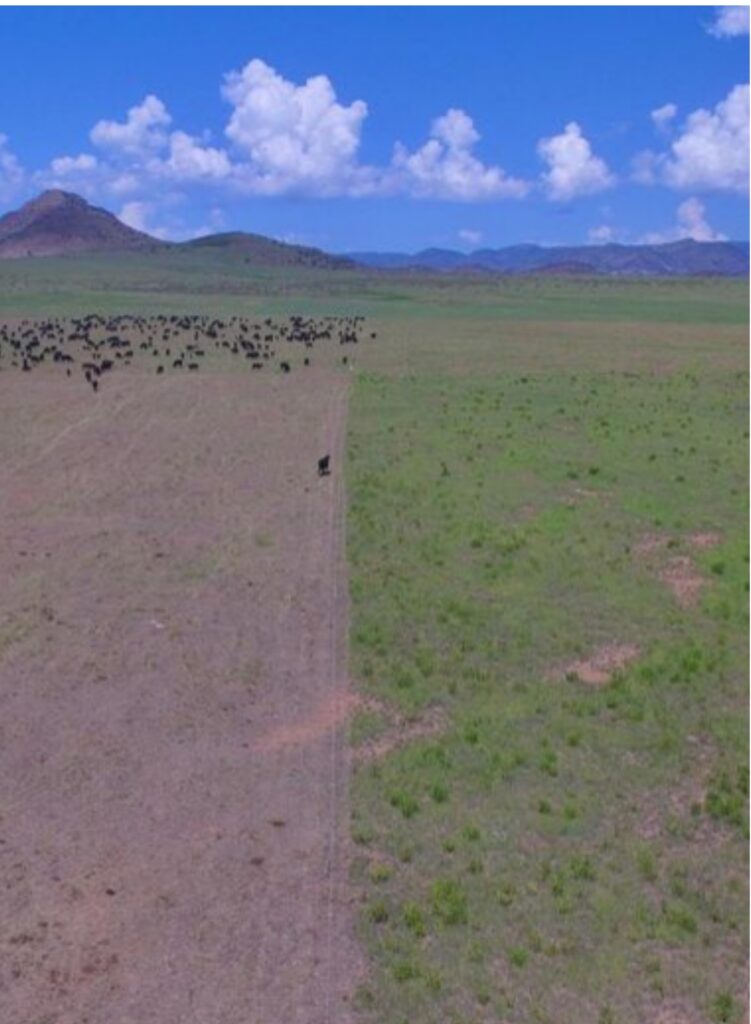Jeffers Cattle Company--Quadrupling Stocking Rate through Drought in the Chihuahuan Desert
- Jul 5, 2023
- 4 min read

The Jeffers Cattle Company, owned by father Jaime Jeffers and Marcos Jeffers, is situated in the northwest corner of Chihuahua, Mexico near Tapiecitas. This 2,500-ha (6,250-acre) ranch is part of the larger family ranch where Jaime began practicing Holistic Management in 1985 and trading ideas with other Holistic Management Mexican ranchers and educators like Jesus Almeida. In 2011, Jaime and Marcos started their own cattle company and then faced four to five years of drought. Then in 2016 Marcos graduated from high school and he began adapting the practice of Holistic Management in a way that took into account the specific needs of their ranch.
Infrastructure Investment
The ranch is in the foothills of the Sierra Madres so elevation ranges from 5,000-8,000 feet. The key infrastructure already in place by 2011 was a large earth dam that captures rainfall on the high end of ranch and feeds the water through a 2-inch (5-cm) pipe to a 500,000-liter (132,000-gallon) storage tank that then pressure feeds the buried poly water line that goes through the center of the ranch with hydrants every 500 meters (500 yards) to couple as much as one kilometer (.6 miles) of portable, above-ground polypipe that they attach to the portable water trough that is moved around the ranch by four-wheeler (an approximately $80,000 investment).

They started building this water infrastructure about 10 years ago and added 2 km (1.2 miles) of waterline) each year. They buried it a foot deep and with their custom rig attached to their heavy equipment they could lay that in one day. There is permanent perimeter fence and all other infrastructure is temporary, including the portable panels they use for sorting or handling animals.


Marcos built the water trough from the frame of an old minivan and has welded on a hydraulic jack to one end to allow the trough to be leveled easily as well as to pick it up to move or bring it down low for calves to be able to drink from it.
Grazing Strategies
Over the years the Jeffers have experimented with different stock densities. In 2019 they even tried as many as 25 moves a day in quarter-acre paddocks for 15 minutes with 400 cow/calf pairs resulting in 907,000 kg/ha (800,000 lbs/acre) stock density. They were giving the cattle about 10 ha (25 acres) a day. Currently they are running 500 cow/calf pairs with 200 stockers and have 500 paddocks of approximately 5 ha (12 acres) for approximately a 57,000 kg/ha (50,000 lb/acre) stock density. Their stocking rate has gone from 8-12 ha/cow (20-30 acres/cow) down to 3 ha/cow (7 acres/cow) for an almost fourfold increase in stocking rate in a four-year period. They use PastureMap to record their grazing plan and implementation.

They use a nine-strand branded polywire for all their temporary fencing, fiberglass posts, and a 10-joule charger. They do run two herds most of the year separating out the bulls from the cow/calf herd except for the breeding season in November/December with calving in July during the monsoon season. Stockers are run with the bulls. They move the herd every morning at 7 am using a Battlatch designed to bring the hot wire up so the cattle can move under the wire. They then come out later to build fence for the next day. The daily paddock of 500 meters X 100 meters (5 ha or 12 acres) and water takes Marcos about eight to 30 minutes on a four-wheeler to set up depending on the type of terrain.

Recovery Periods
The Jeffers have also been experimenting with different recovery periods moving from a 300-day recovery all the way up to 425 days. They build in a 90-day reserve for drought as part of their grazing plan. The cattle graze 80-90% of the grass in the paddock for an even utilization which necessitates the longer recovery. Because they have such high winds in the spring, they prefer that all litter is passed through the animal to come out as fertilizer.

They also experimented with giving the cows more space in the summer time to allow for more selective grazing when they were calving, but they have decided to have the same size of paddocks year-round for better utilization and to reduce calf losses.

They have had their share of having to destock in times of drought, but will usually cull their cow herd more heavily through preg-checking and removing all open cows early while continuing to retain heifers.
Increased Profitability
The Jeffers run small-framed Black Angus as they like their high fertility and the premium they get for them in the U.S. market. The cull cows are sold into the national Mexican market and the steers are exported to the U.S. All heifers are retained to continue to grow the herd. Currently input costs are between $70-80/cow since only minerals and salt are provided for the cattle. The cow’s calf is sold from $700-800 for a tidy profit in this low input system. With this system they are able to produce 60 kg/ha (53 lbs/acre) and $120/ha ($48/acre) profit.
Marcos’ five-year goal is to be able to continue to grow the capacity of the ranch and begin acquiring leased land nearby so that he can run 5,000-6,000 stockers or 1,500-2,000 mother cows.

To see more about the Jeffers Cattle Company operation watch this video:



